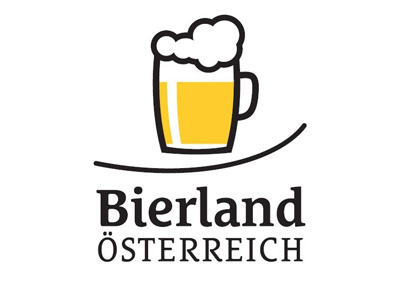
Review by Oxford Economics of the RAND Report
- advocate
- 01/03/2009
- 3901
- Need for a supportive taxation
This report evaluates Rand Europe’s publication “The affordability of alcoholic beverages in the European Union”.
This report evaluates Rand Europe’s publication “The affordability of alcoholic beverages in the European Union”.
The main points are:
General:
- The report does not take an independent unbiased approach to evaluating the link between alcohol affordability, consumption and harm. It focuses heavily on the literature which is supportive of a link between alcohol taxes, consumption and alcohol-related harms. It ignores or gives little time to any study that suggests there is no link or it is weak. A more balanced evaluation would have been a more useful contribution to the debate.
- The report makes many assertions that cannot be substantiated.
On methodology are:
- The paper argues there is a positive relationship between alcohol consumption and three types of harms, namely traffic injuries, traffic deaths and liver cirrhosis. However, there are problems with the data and methodology used.
- The report does not have data on the number of alcohol-related traffic accidents/deaths in each member state. Instead it uses data on all traffic accidents/deaths. It is difficult to see how traffic accidents/deaths in which neither party had been drinking can be explained by changes in national alcohol consumption. Similarly, the data used on liver cirrhosis is from all causes.
- The clinical evidence suggests liver cirrhosis can be brought about by long-term excessive alcohol consumption. Yet the regression analysis tries to explain the annual change in the incidence of liver cirrhosis by the annual change in alcohol consumption in the same year.
- The regression analysis is too simple. It tries to explain the annual change in the incidence of a harm in a member state by the annual change in its alcohol consumption. In practice, many other factors will play a role. For example, the number of traffic accidents is likely to be a function of population size, the average speed at which cars drive, the level of driving tuition required to pass the driving test and many other factors.
- The affordability index used in the paper is constructed using the change in real disposable income of the entire population in each member state. Ideally, it should be calculated with real disposable income per capita of those who do and potentially may drink. Changes in population due to migration or income growth of those who never drink will distort the index.
Interpretation of the academic literature
- The consensus in the academic evidence is that heavy drinkers’ demand for alcohol is very price insensitive, particularly when compared to the rest of consumers. Some studies (for example Manning et al (1995)) find the heaviest 5% of drinkers have a price elasticity not significantly different from zero. If so, any form of price based policy will not affect those it is targeting. Instead, it will hit the rest of the consumers who enjoy alcoholic drinks responsibly, which in turn will affect an important industry.
- The report cites evidence (Gallet (2007)) that young drinkers’ demand for alcohol is less price sensitive than older drinkers. Again, raising alcohol prices will affect older drinkers demand far more than the group the policy is designed to affect.
- The report presents data on average real alcohol excise duty in the EU between 1996 and 2006. When the EU members duty rates are weighted by countries’ consumption of alcohol, the real duty rate price has not fallen much, if at all. This isn’t reflected in the claims about the falling rate of the real value of excise duty in the EU.
- The report makes a very limited effort to quantify the benefits of the alcohol industry.









